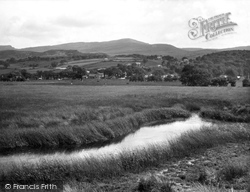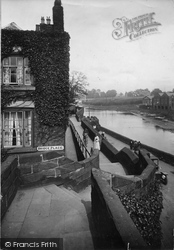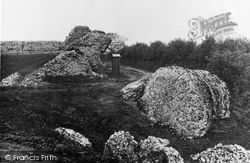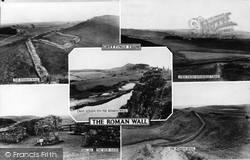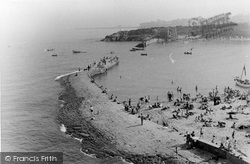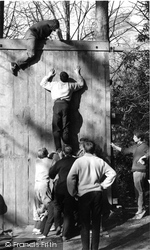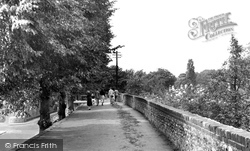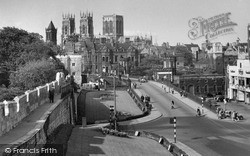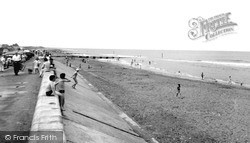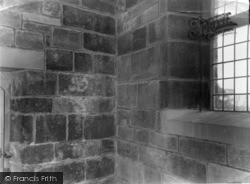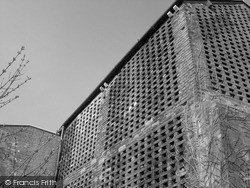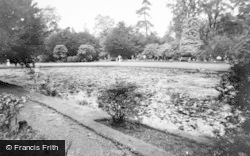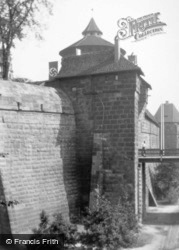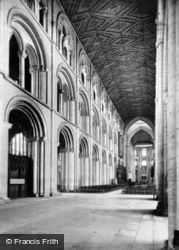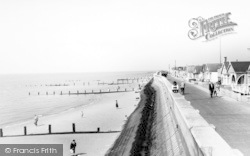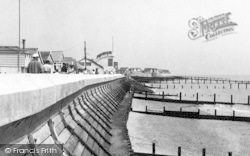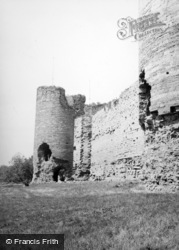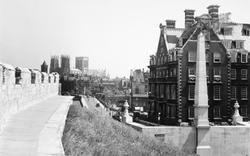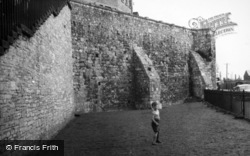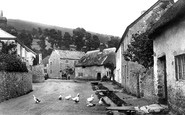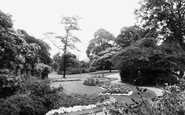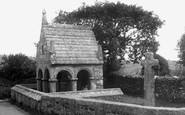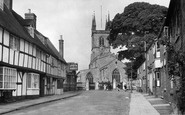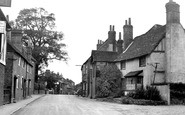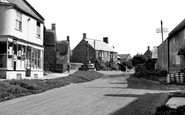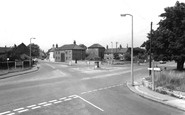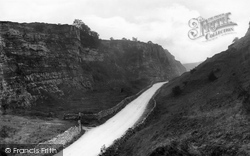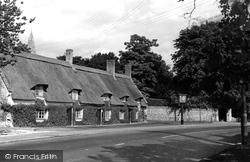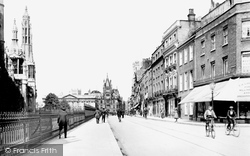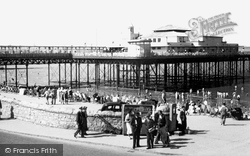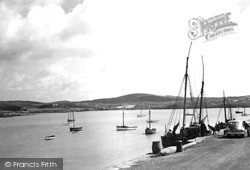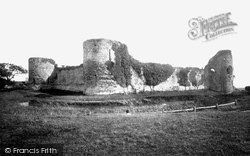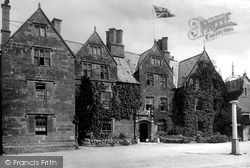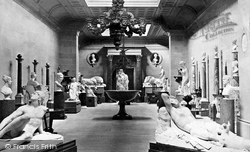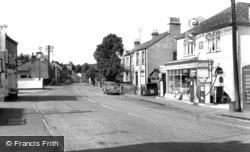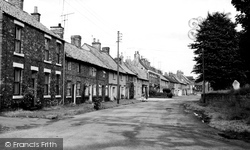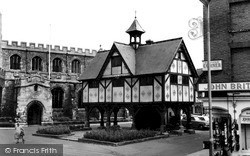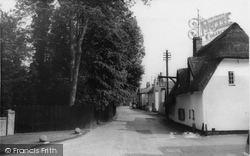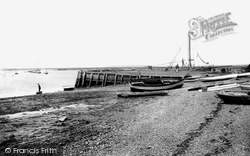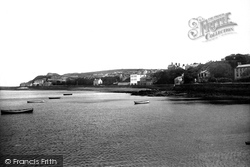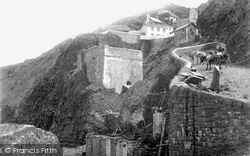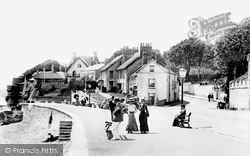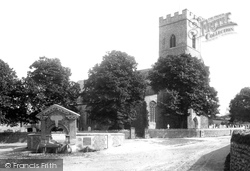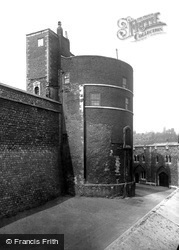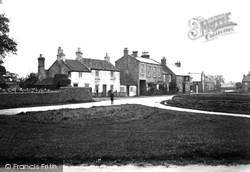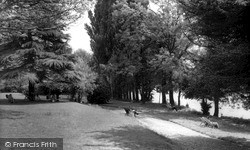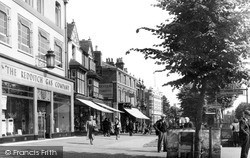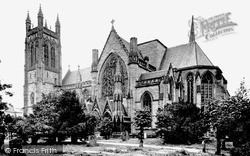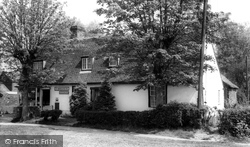Places
25 places found.
Those places high-lighted have photos. All locations may have maps, books and memories.
- East Wall, Republic of Ireland
- Pell Wall, Shropshire
- Wall, Northumberland
- Heddon-on-the-Wall, Northumberland
- Walls, Shetland Islands
- Wall, Cornwall
- Wall, Staffordshire
- East Wall, Shropshire
- Wall End, Kent
- Hobbs Wall, Avon
- Wall Bank, Shropshire
- Wall Nook, Durham
- Knowl Wall, Staffordshire
- Hazelton Walls, Fife
- Wall Mead, Avon
- Mid Walls, Shetland Islands
- Greetland Wall Nook, Yorkshire
- Aston le Walls, Northamptonshire
- Wall Heath, West Midlands
- Wall Hill, Greater Manchester
- Wall End, Cumbria (near Millom)
- Wall under Heywood, Shropshire
- Dale of Walls, Shetland Islands
- Bridge of Walls, Shetland Islands
- Hole-in-the Wall, Hereford & Worcester
Photos
516 photos found. Showing results 281 to 300.
Maps
172 maps found.
Books
Sorry, no books were found that related to your search.
Memories
1,989 memories found. Showing results 141 to 150.
The Keelings 1940 Evacuees
My sister, Joy, elder brother, Richard and myself, John Keeling, were evacuated to Llanharan in June 1940. After a short time Richard and myself were placed with a lovely old lady at 12 Seymour Avenue, Mrs Surridge. I ...Read more
A memory of Llanharan in 1940 by
The Ship Inn At Axmouth.
The Ship Inn can be seen to the left of the photograph; just beyond the wall. My great-great-grandparents, John and Mary Real (born in Axmouth in 1821 and 1824 respectively) were licensees of The Ship Inn, Axmouth, at the ...Read more
A memory of Axmouth in 1960 by
Mendleson Wrote His Spring Song In The House.
With Denmark Hill and about level with the Old Henly's garage behind you was a house within the ruins with a metal sign. It stated that during his stay here, Mendleson wrote his 'Spring Song' here. ...Read more
A memory of Camberwell by
I Lived Next Door
My family lived in the cottage next to the well during the Second World War and for a short time after. I have many very happy memories, including falling asleep on the stone monument on the moors, sitting on the stone wall of ...Read more
A memory of St Cleer in 1940 by
Church Gate (60s 70s)
My grandparents (Mousleys) lived in 38 Church Street and that was the house where my mother was brought up during the Second World War and onwards. I remember staying there as a small boy: no inside toilet, an old hand ...Read more
A memory of Lutterworth
I Was Born Here
Seeing this photo brings back many happy memories, on the left of the photo are two black gates and the first cottage next to them is where I was born back in 1955. Shortly afterwards they were demolished and a service road was put ...Read more
A memory of Twyford in 1955 by
Hinton St George Estate Telegraph Dept
I have an old wall phone from the thirties that has a label marked "Hinton St George Estate Telegraph Dept". It is very unusual for an estate to have its own telephone department, and I would love to ...Read more
A memory of Hinton St George by
Cargo Fleet
When I look back, they were probably the best years of my life though I didn't think so at the time, my mam had parted from my dad, I was 12, had never heard of Cargo Fleet, had lost my dad and was taken to this place Id never ...Read more
A memory of Cargo Fleet in 1968 by
Those Were The Days 2
It didn't change until the sixties when the station was rebuilt and opened by Her Majesty Queen Elizabeth 11 in 1961. I watched the whole building project from start to finish from the comfort of my bedroom window. When it ...Read more
A memory of Barking in 1950 by
Harworth 'old' Village
The large Horse Chestnut tree to the right was very popular when conkers were in season with boys searching the ground and throwing whatever came to hand at the tree to try and dislodge the nuts that were temptingly out of ...Read more
A memory of Harworth in 1964 by
Captions
1,668 captions found. Showing results 337 to 360.
This stone-walled lane leading down into Beresford Dale from the west is known as Beresford Lane.
The thatched roof has a neatly-dressed blocked ridge, and the limestone walls at the gable ends are raised as parapets.
The ornate spires on the left form part of William Wilkins' screen which walls off the Front Court of King's College.
In contrast to the impressively wide and well-built promenades to be seen in Llandudno and elsewhere, the fallen rubble wall on the left here and the submerged groynes give the impression
Another view of the pier, with a fishing boat drawn up against the harbour wall proving a source of interest for a little group of bystanders.
Within the Roman walled enclosure, William I built his Norman castle and moat in the south-eastern corner.
One of the oldest hotels in the country, The Lygon Arms boasts a 14th-century fireplace set into its 4 feet thick walls.
Here classical marble sculptures line the walls and floor, to be shared with the thousands of visitors who annually come to `the Palace of the Peak`.
Small shops on the other side of the street sell Lyons cakes, Woodbines, and Walls ice cream. We can see the sign of the Barley Mow, which is set back from the street.
Perhaps Brompton's greatest claim to fame is that William Wordsworth was married in the parish church of All Saints in 1802 (the churchyard wall is to the right of the photograph).
Wooden arches on stone pillars support the timbered walls and gables of this little gem. Note the ornamental barge boards.
To prevent accidents, a wall has been built along the riverbank and a small green provided as a turning point for vehicles.
The quay experienced considerable sea erosion, and by 1910 only part of the wall
A peaceful view of Howth harbour, looking along the sea wall towards the tower and the east pier. Rowing boats are moored in the harbour.
The little sea wall on the beach is topped by a fine selection of winches and windlasses, all essential for hauling boats up the beach and clear of storms.
The sea wall was constructed in 1835 and the shingle beach can be clearly seen. Overlooking the sea are some fine old cottages, exuberant in design and with bulging thatch.
Noble trees cluster round the churchyard wall. To the left is the public drinking fountain, decorated with embedded pebbles, which was constructed in the 1820s. The lane is plain compacted mud.
This tower is on the north-east corner of the fortress's inner wall. The D-shaped tower was much rebuilt in Charles II's reign, when it was made the Jewel Tower.
The village lies next to Bolton on Swale five miles east of Richmond; it has the largest walled green in the whole of the country.
Caversham Court, which was near St Peter's Parish Church, was demolished in 1933, although 17th-century stables and garden walls remain.
Buckley`s, in the centre here, is still recognisable, although the lettering on the end wall has been removed and the awnings have gone.
The walls we see here lining the churchyard path have since been removed.
The River Leam and All Saints' Church from the suspension bridge.
A letterbox is set in the wall. This building is now a private house.
Places (25)
Photos (516)
Memories (1989)
Books (0)
Maps (172)


